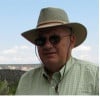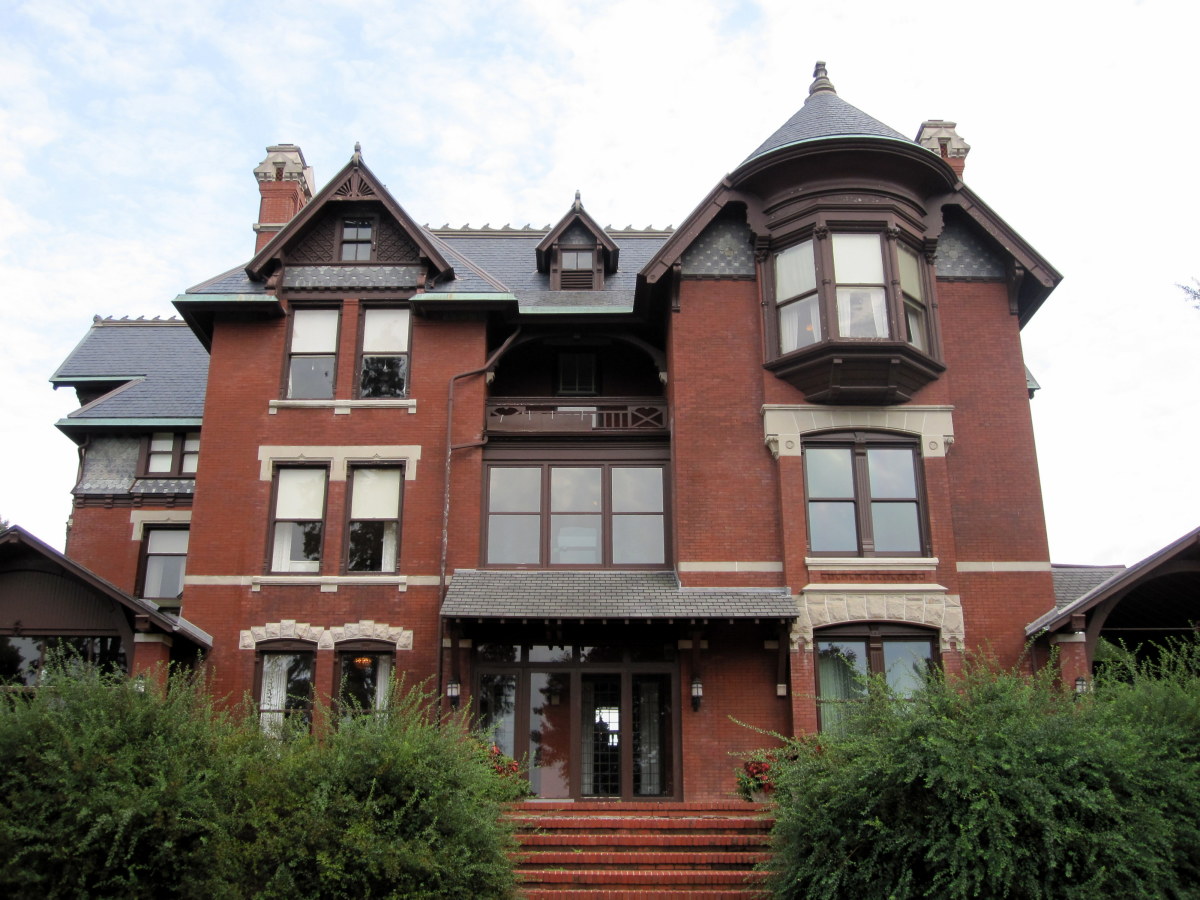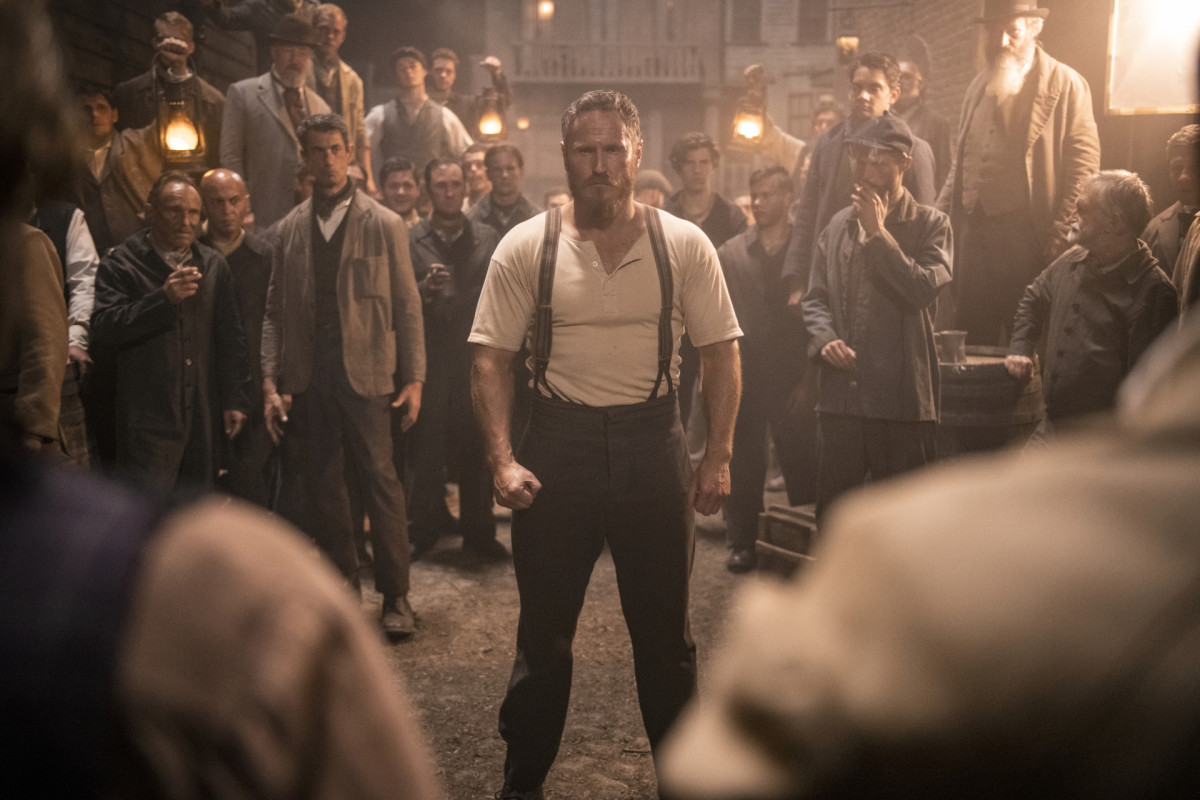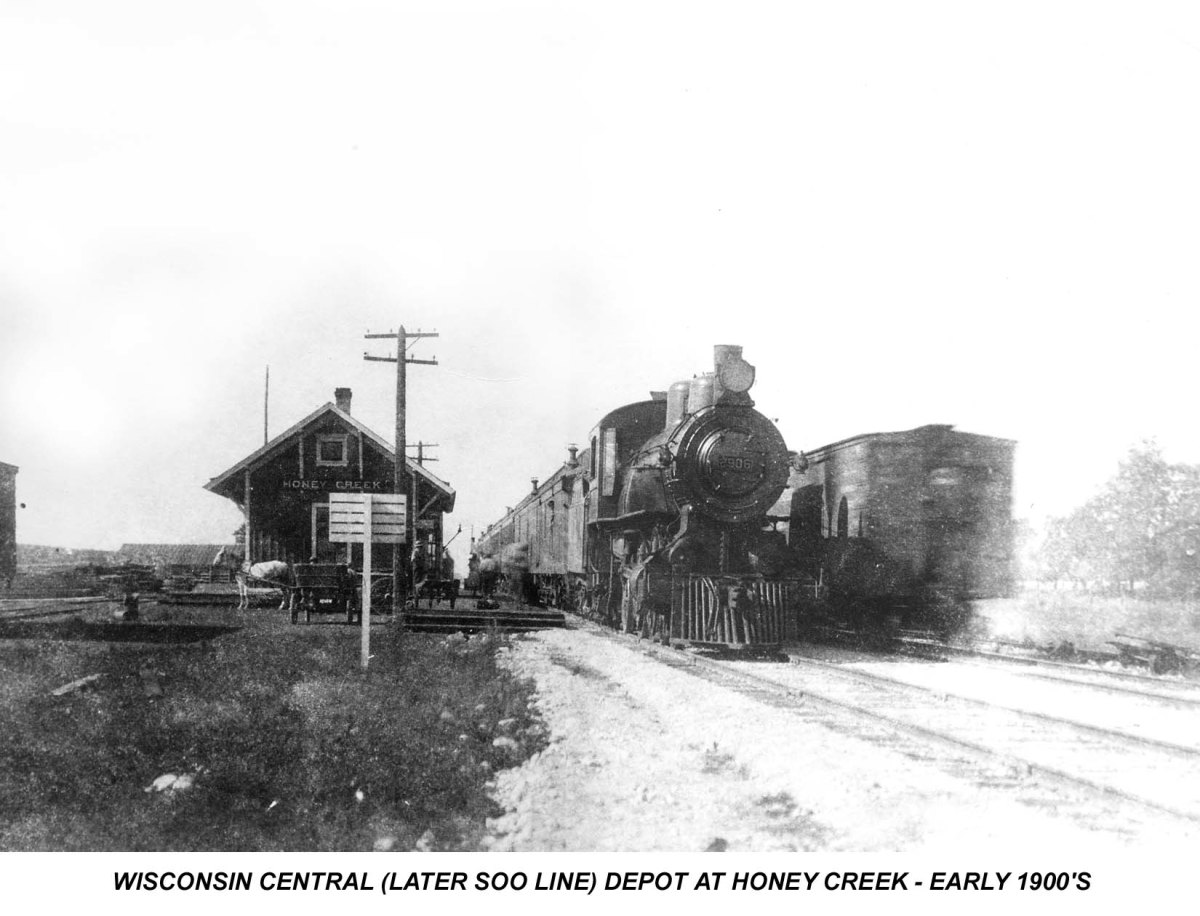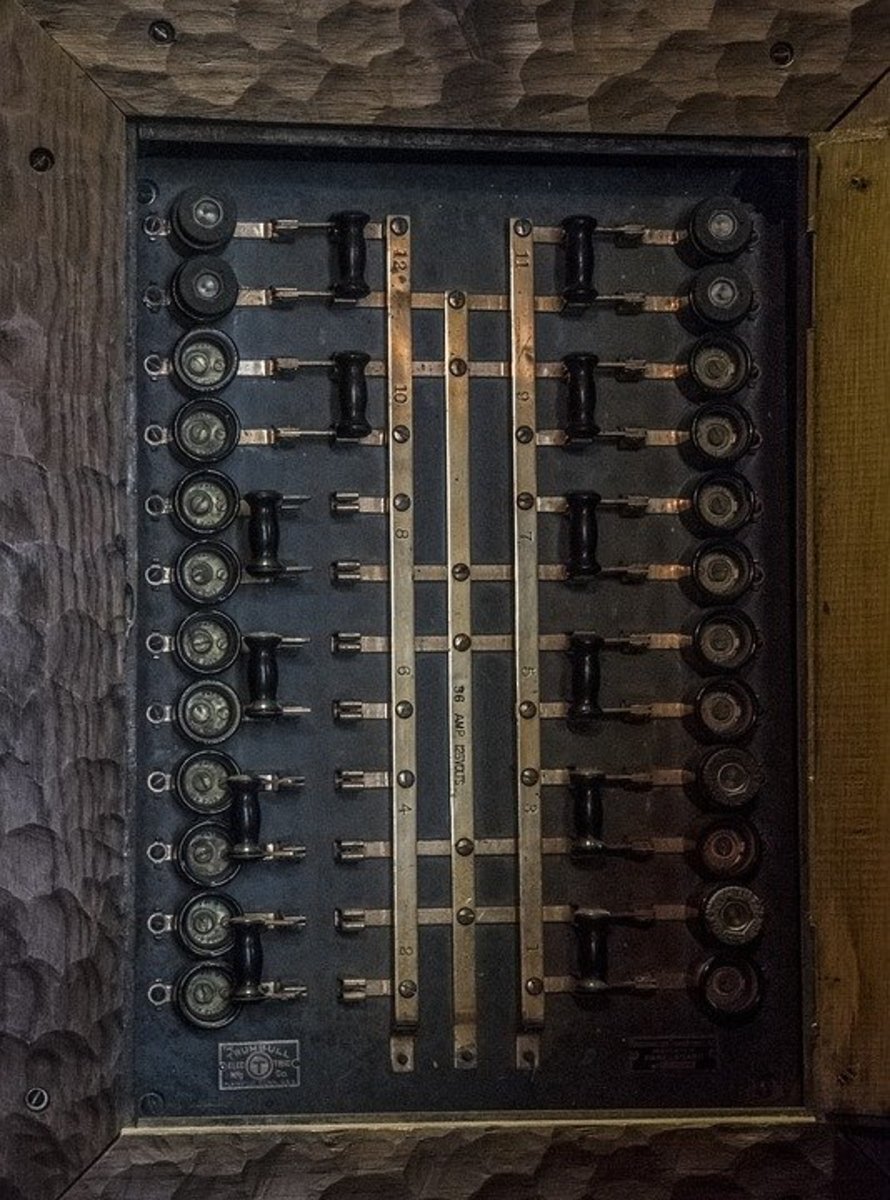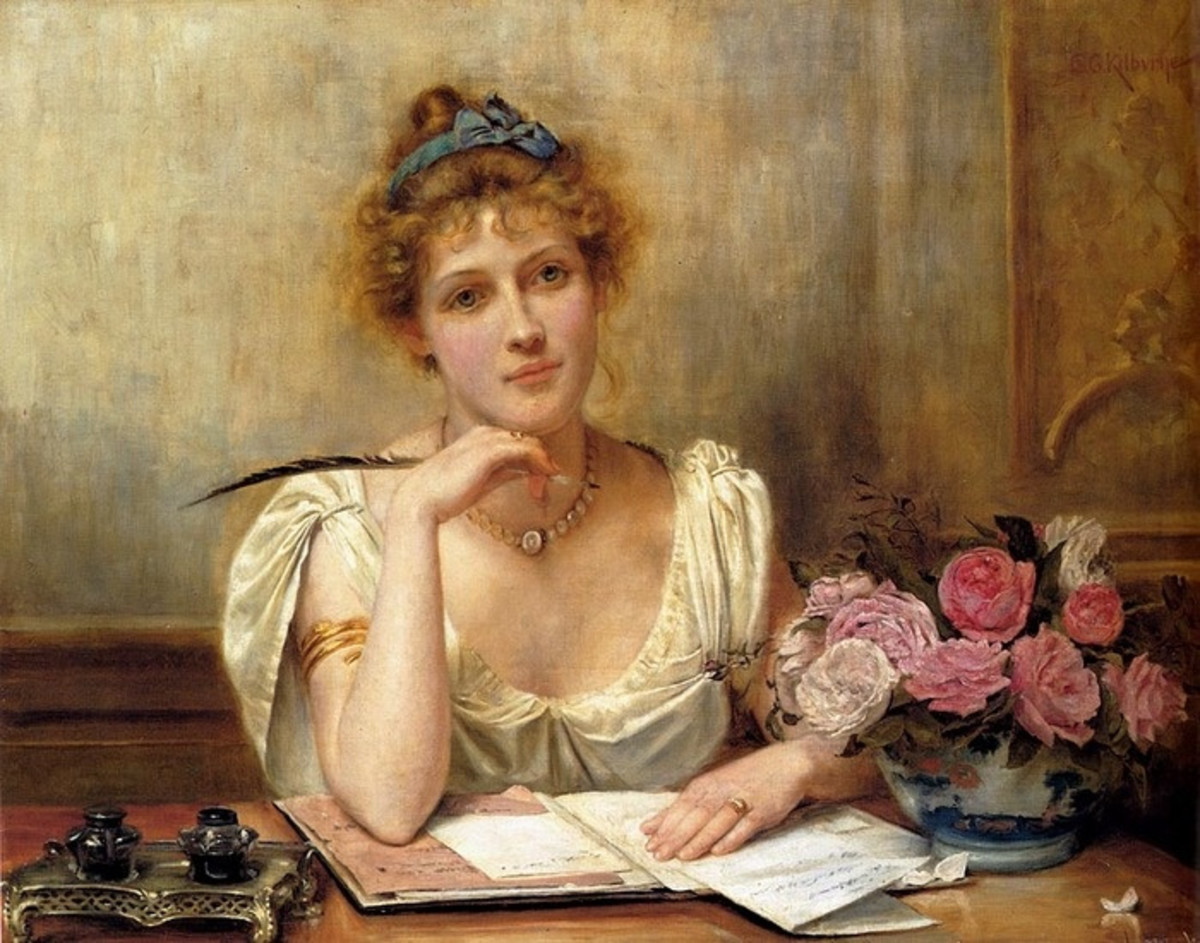Bevins Tales - BT19 - 1898 Myrtle Lost Her Father
A Civil War Veteran Was Laid to Rest in Oak Springs

State Representative Lewis Truesdale Died - Local Civil War Veteran
Caroline (McDonald) Truesdale, wife to Lewis, the State Representative, received a telegram from the Speaker of the Missouri State Legislature informing her that her husband was seriously ill in the hospital in Jefferson City of chronic liver disease and that she should come to Jefferson City immediately. She set off within hours accompanied by her first cousin William McDonald. However, by the time they arrived at the hospital he had passed away several hours earlier. It was the afternoon of March 14, 1898. He was not yet 55 years old. She was informed that he had been hospitalized for a day the previous month, but had been discharged. When he was admitted a few days prior for the final time, he arrived in severe pain, and his condition was beyond anything their medical attention could do to save him.
William and Caroline accompanied the body back to Oak Springs. They had sent telegrams ahead alerting family and friends of the circumstances of their return. Upon their return, they were given a welcome deserving of the Civil War Veteran that he had been. The Patton G.A.R Post, of which he had been the Commander, took charge of assisting with his internment at the Oak Creek Cemetery in the southwest corner of town. He was buried in the family plot, along side his son, Jimmy, near the path from the Patton Monument to the Cemetery. Services had been held at the Methodist Church with overflow attendance. Those attending followed the G.A.R veterans on the slow march to the cemetery from the church.
The now widow Caroline (McDonald) Truesdale was accompanied by her sisters-in-law, Jane (Truesdale) McDonald (and her husband, Daniel) and Nellie Truesdale along with her daughter, Myrtle (and her husband, Howard Bevins). Also there were her brother, Alex McDonald, and her cousin, William McDonald and his wife, Charlotte. The Funeral Dinner was provided by the Methodist Women at the Church following the internment for family and friends to pay their respects. No out-of-town family members were able to be at the services.
Business Associates Assured Mrs. Truesdale Could Count on Their Businesses Continuing
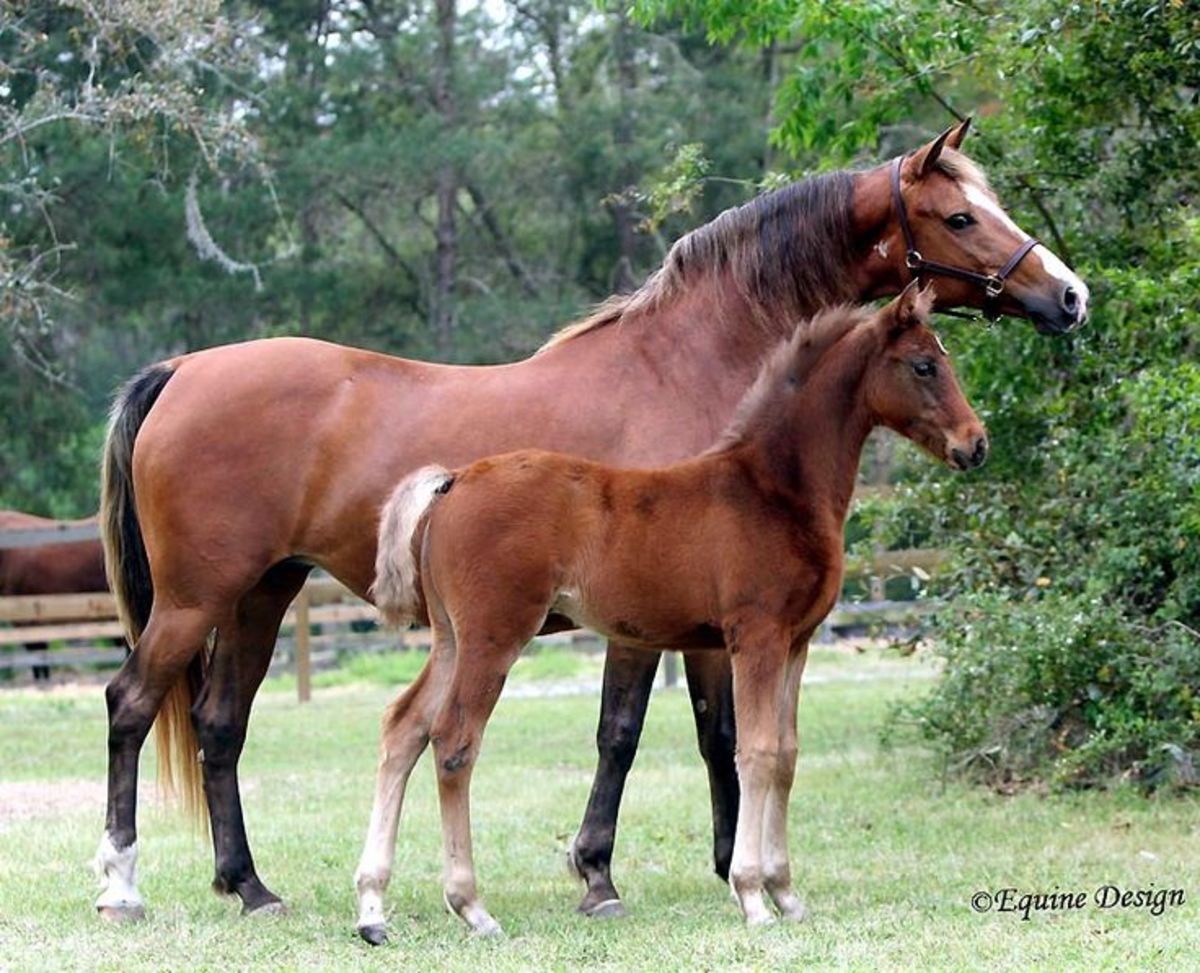
The Aftershocks of the Death of a Community Leader Lingered
Among the first to visit the widow Caroline Truesdale in the days following the funeral of her husband were their banker and their three business associates. Ralph Campbell assured Caroline that Lewis has left his financial affairs in remarkably good order. They had reviewed everything early in the year. He offered to go over anything and everything with her whenever she cared to do so. He also mentioned that his son, Vic, who would soon be taking over bank operations, was fully aware of the many details of the Truesdale account, as well.
J.W. Norton, G.W. Mason, and Theodore Warden assured her that they had their respective businesses under control and that her income from the businesses would continue and that the assets were well protected. They each agreed to a thorough quarterly review, annual reports, and willingness to answer questions at any time. This was the arrangement Lewis had with each of the them and they assured Caroline they expected to continue the practices.
Myrtle and Caroline spent a lot of time together, much as they had prior to Myrtle’s marriage. They still felt a special closeness, like no other. Over the months they fell into a regular routine of visits at each home. Myrtle noticed that they were much more regular now, and Caroline took an even more special interest in what Ora B. was doing and how he did. This included his school work and friends. Howard and Myrtle talked of this new relationship often, and he monitored the relationship closely. It seemed to be very healthy. Howard had stayed close to his parents, so that seemed very natural to him.
One of the young graduates hoped to become a Butcher

Live Continued to Change in Various Ways Around the Community
On their more regular visits to town, both Howard and Myrtle commented on the differences as both telephone and electricity became available to businesses and residences across Oak Springs. It wasn’t sudden, but it was steady. Someplace new had one or the other, or both, on just about every visit, it seemed. The town seemed more alive and open to change, as the months and years rolled by.
Howard and Myrtle didn’t eat at the Diamond Restaurant very often, but did notice some difference once the younger Michael and Jolene Lay took over management from Ralph and Inez Cornelius. They did attend the retirement party for the Cornelius couple. They were not close friends, but they had gotten to know each other over the years.
The Presbyterian Church had continued to maintain support this time. It turned out the Loyd family was Presbyterian. Both Arthur and his wife, Lana, became very active supporters and leaders. Two lots had been purchased for a church on Lot 2 and a parsonage on Lot 4 just to the south of it on Block GG, of the old north Weston property. Rev. Maxwell had remained in town and expected to have both buildings occupied by the end of 1898, it was said.
The High School graduating Class of 1898 set a new record with 15 graduates, 8 young men and 5 young ladies. It appeared they would represent the full array of future endeavors of the new, innovative age they were going out into. Don Norton, who had been working at the Butcher Shop during high school officially entered an informal apprenticeship to become a Butcher. Leroy Starr joined the Telephone Company Construction Crew. John Warden went off to college hoping to become a Veterinarian. Several of the young men planned to follow their fathers on their farms, including Verle Hay, Charles Pruitt, Lawrence Miller and Albert Johnson. Lucas Tombridge had worked construction with his father through high school and planned to continue full-time. Each of the young ladies was actively engaged in work at home, farm or business, with thoughts of marriage in their future.
During the summer, Roscoe Nichols and his wife, Elaine, along with their two teenaged sons, arrived in Oak Springs from Springfield. Roscoe was an Electrician and purchased Lots 2 and 4 just east of the new Electric Plant. He planned to open his Electrician Shop facing Patton Street and build their residence on Lot 2. They resided at the Duncan Boarding House in the interim. Roscoe said he would offer his services to homes and businesses for both telephone and electrical work within their buildings, as well as for new construction. Elaine and the boys would assist with the shop and he was expecting his boys to learn the Electrician techniques from working with him on his jobs.
In June, George Mason, Jr. had married Bonnie King. He was now the Assistant Manager of the Livery Stable, working with his father, G.W. Mason.
Late in the year, Mathias Tombridge announced that as of the first of the new year 1899, he and his son, Lucas, would form their own construction company, Tombridge Construction, to meet the increasing needs of a growing community. Mathias had established a reputation as an excellent framer with the Wingfield Construction Company, over the years. As he built his own company, he would continue to subcontract with Wingfield and others who would benefit from his expertise.
Note by the author
This set of stories picked up in Oak Springs in the summer of 1882 when the Bevins family arrived in Oak Springs including young Howard Bevins, the 14-year-old about to become a High School Freshman. He was in the same class as Myrtle Truesdale. This is their story. After they married, they became a part of the larger community, of course.
The stories of the "American Centennial at the Homeplace: The Founding (1833-1875)" collection of historical fiction family saga short stories lay the background for the stories of Oak Springs and the Oak Creek Valley. They
have also been published on "The Homeplace Saga" blog (thehomeplaceseries dot blogspot dot com).
“The Homeplace Saga” historical fiction family saga stories are the creation of the author, William Leverne Smith, also known as “Dr. Bill.”
